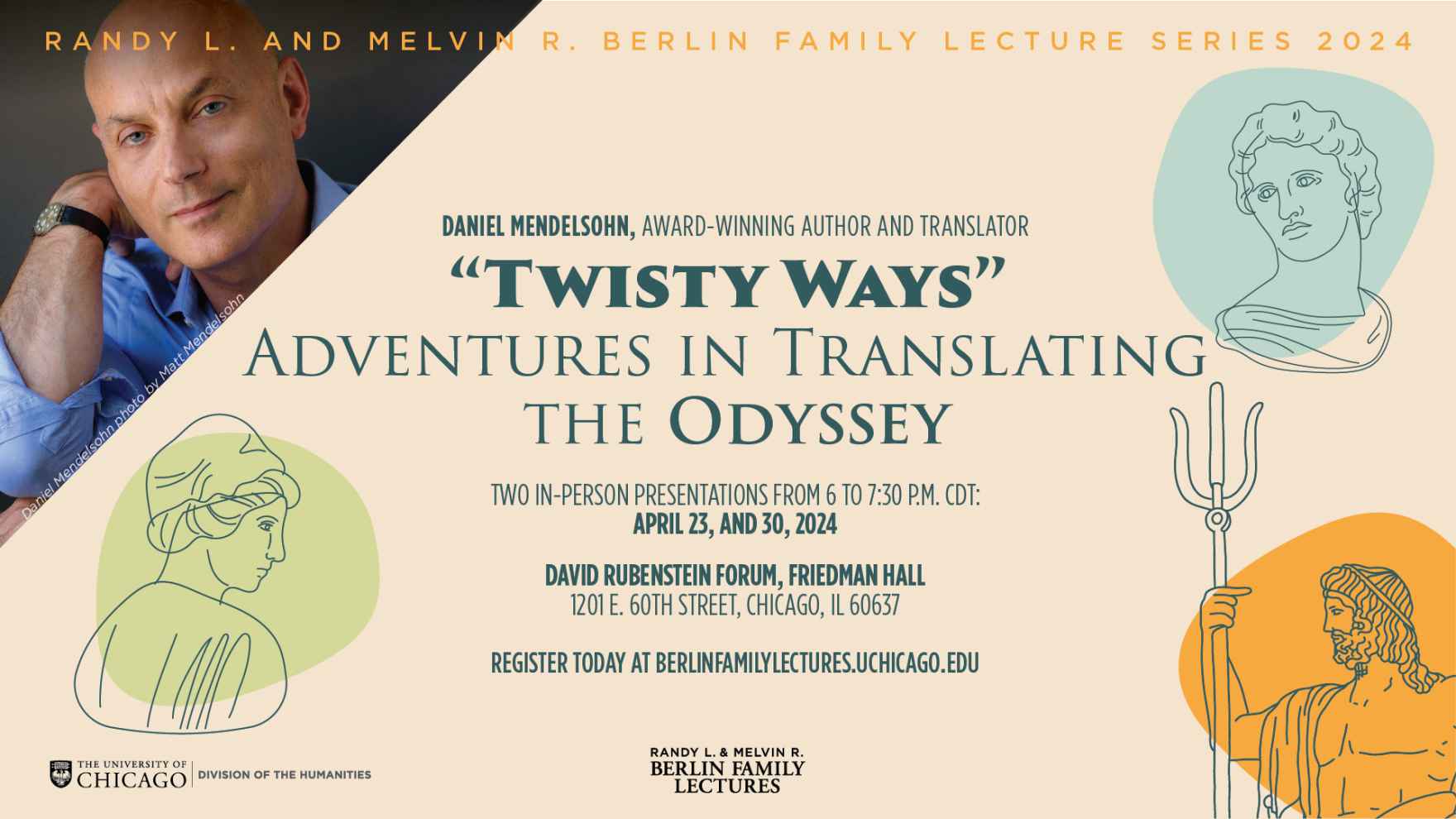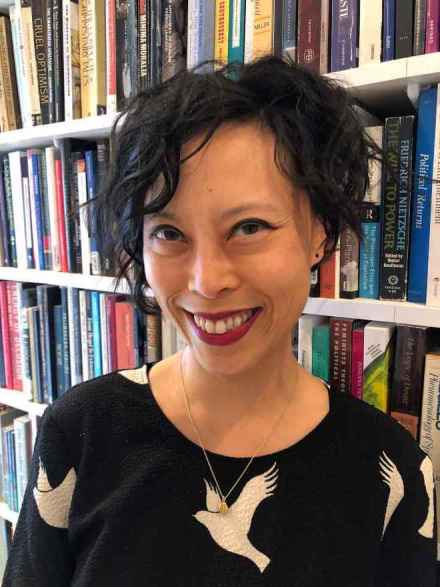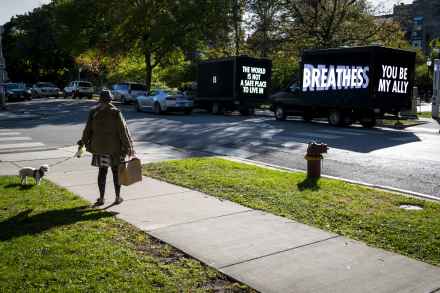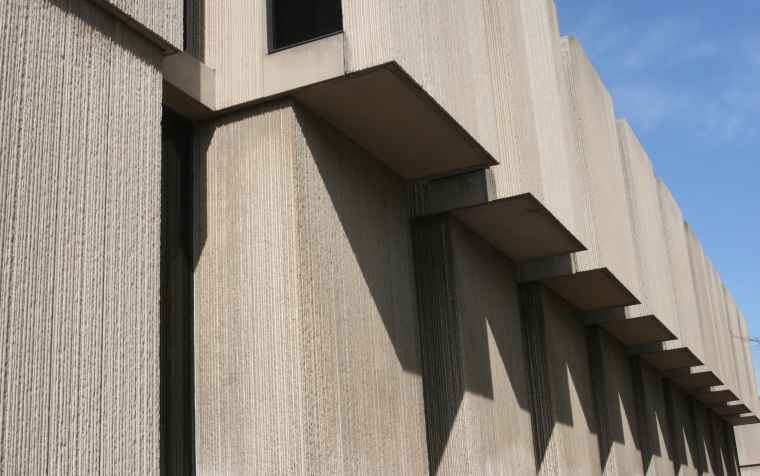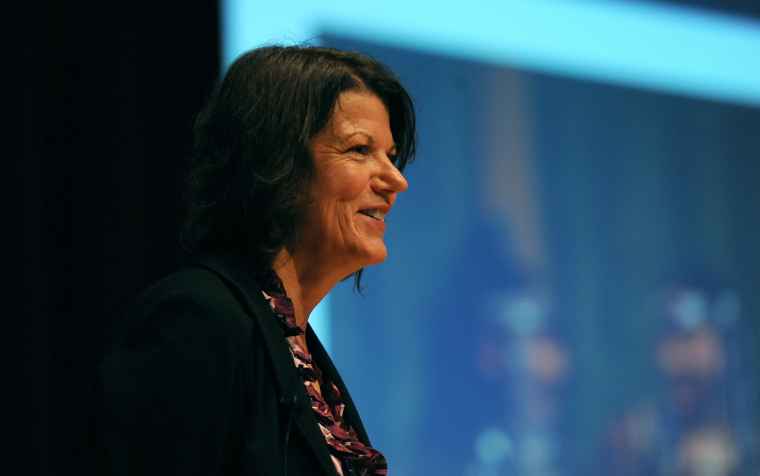UChicago Humanities Scholars Expand Digital Dictionaries of South Asia, Middle East
For decades, scholars at the University of Chicago have sought to preserve and share the languages of South Asia and the Middle East—from Assamese to Torwali, Khowar to Pashto.
In this work, the Digital Dictionaries of South Asia are invaluable: In addition to definitions and pronunciations, users can learn about the original source of words in languages spoken by nearly a quarter of the world’s population.
Prof. Gary A. Tubb and James Nye, a former UChicago Library bibliographer, are now spearheading a major expansion of these digital dictionaries—a three-year project that will help scholars, diplomats, journalists, businesspeople and countless others.
Our Love-Hate Relationship with Gimmicks
The seductive wonders of Nabokov’s mirror or Egan’s PowerPoint are harder to find in the gimmicks of the present. Recent headlines offer up a wide range of gimmicks rushed into production to contain the spread of the coronavirus (robot chefs, antiviral cars), as well as products and ideas whose sudden obsolescence (“fun” workplaces, airline miles) reveals that they were gimmicks all along. Why is a word used to describe a literary technique also the word used to describe the buffoonery, the cruelty and carelessness, of contemporary political and economic life? What is in a word as minor as “gimmick”?
For Sianne Ngai, a professor of English at the University of Chicago and the author of “Theory of the Gimmick” (Harvard), the answer is: everything, or at least everything to do with the art consumed and produced under capitalism. One of the most original literary scholars at work today, Ngai has made a career of unravelling the social and political histories that shape our aesthetic judgments (“How beautiful! How hideous!”) of novels, films, and photographs, as well as of show tunes and YouTube videos, bath toys and smiley faces. Her work draws attention to the public dimensions of apparently private reactions to art, and to the world in which these aesthetic experiences arise—a “capitalist lifeworld,” she writes, where art is increasingly trivial and artifice reigns supreme, where fun and fright merge to create the same arresting, alienating magic as Nabokov’s mirror.
With Augmented Reality, You Can Now Superimpose Publicly Exhibited Artworks in Your Home
For a week in October, LED trucks featuring animated, illuminated quotes from conceptual artist Jenny Holzer’s latest public art project, You Be My Ally, drove around downtown Chicago and the city’s South Side. Those walking on the University of Chicago’s campus can currently use their phones to project all 29 quotes from the project, selected from texts from the University’s Core Curriculum, onto seven university buildings using a free web-based augmented reality app.
But for the first time, using the same app, art enthusiasts can also superimpose a public exhibit of Holzer’s work—each of the quotes—in their own houses, or wherever they might be. Instead of seeing the words Suddenly incoherence feels violent, a quote from “Citizen,” Claudia Rankine’s book-length poem, rolling up the sleek Ludwig Mies van der Rohe-designed façade of the university’s School of Social Service Administration, users can experience this zooming towards them from a distant spot in their kitchen or bathroom.
Building Ideas: Students Help Reimagine Core Texts in Renowned Alum Jenny Holzer's Innovative Artwork
For University of Chicago student Zahra Nasser, this October marks the culmination of months of hard work—and the chance to see it shared not only on campus, but around the world.
A fourth-year College undergraduate studying art history and philosophy, Nasser is one of 10 current and former students involved in YOU BE MY ALLY, a groundbreaking public art commission from acclaimed artist and alum Jenny Holzer, EX’74.



